Physicists from MSU developed a gauge gravitation theory in which the gravity field of Einstein’s general theory of relativity is represented as a classical Higgs field, like the Higgs vacuum in the Standard Model of elementary particles and fundamental interactions.
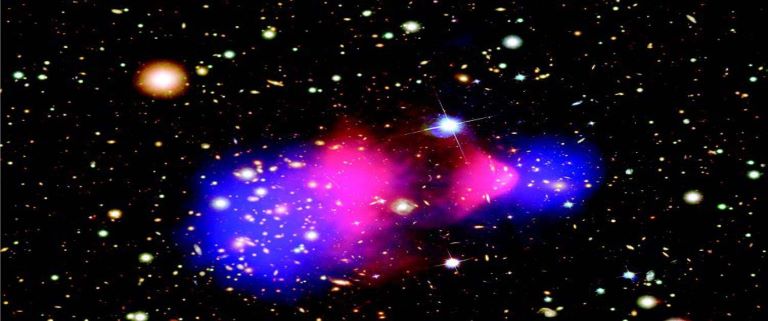
In collaboration with a group of Russian, German, English, Spanish and Chilean specialists, D.D. Sokoloff has established that the magnetic field of Galaxy M83 is arranged in several spiral arms, some of them coinciding with gaseous arms, and others being located between gaseous arms (see fig. where the magnetic arms are coloured, and the gaseous arms are shown as a contour). Magnetic arms had previously been detected only in Galaxy NGC6946.
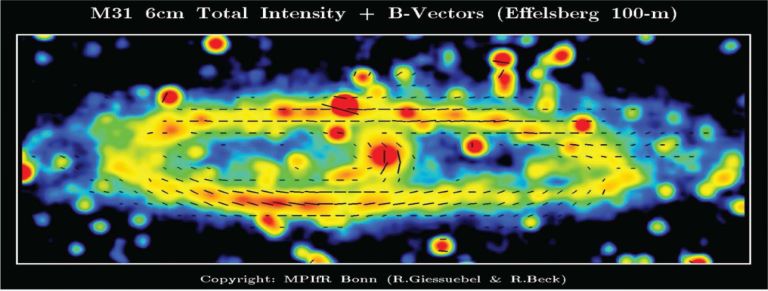
The scientists of the MSU Faculty of Physics (Department of General Physics and Magneto-Ordered Matter, and Low Temperatures Physics and Superconductivity Department) in collaboration with colleagues from the universities of Hirosaki (Japan) and Warwick (UK) have studied the peculiarities of the magnetocaloric effect in alloys based on Fe-Rh in antiferromagnetic – ferromagnetic phase transitions and have developed a theoretical model explaining them.
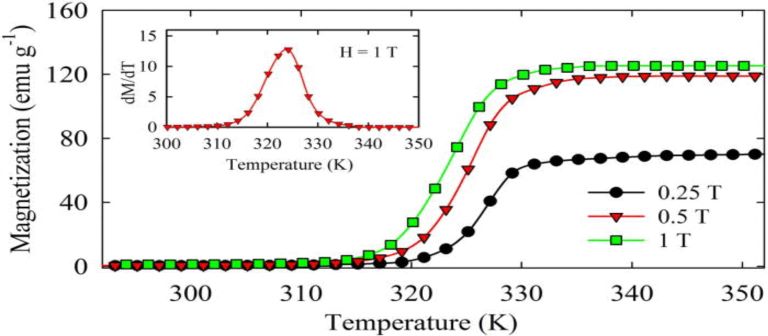
Second-harmonic generation in one-dimensional photonic crystals from porous silica has been experimentally studied by the scientists and post-graduate students of the MSU Faculty of Physics (associate prof. T.V. Murzina, prof. B.I. Mantsyzov, assist. S.Y. Svyakhovskiy, research assist. A.I. Maydikovskiy, post-graduate stud. D.A. Kopylov, and post-grad. stud. V.B. Novikov at the Department of Quantum Electronics and General Physics).
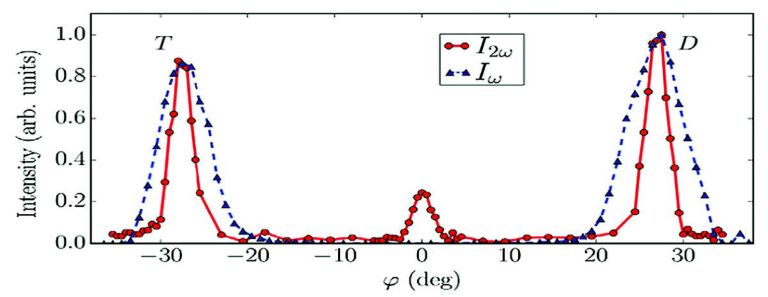
Scientists were reported to have detected gravitational waves for the second time 26 December 2015, at the press briefing held in Moscow at the Sternberg Astronomical Institute in (GAISh) and in San Diego (American Astronomical Society) 15 June 2016 at 20:15 pm (Moscow time).

Researchers from the Faculty of Physics (the group under the leadership of Professor V.Ch. Zhukovsky, Department of Theoretical Physics) in collaboration with Russian (the group under the leadership of Professor K.G. Klimenko, IHEP, Protvino) and foreign (Professor D. Ebert, Humboldt University, Berlin, Germany) colleagues investigated the theoretical model, that allows to describe electron excitations in carbon nanotubes under the influence of the magnetic field.
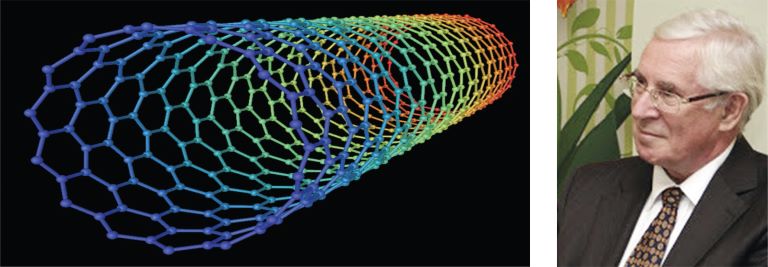
The scientists of Physical faculty of Moscow State University in cooperation with colleagues from Tomsk Polytechnic University for the first time have numerically investigated the 3D effects of electron transfer arising during ion-surface/ nanosystem interactions.

Together with colleagues from France, the physicists of Moscow State University (research group headed by Associate Prof. O.G. Kosareva, Senior Scientific Researcher N.A. Panov, postgrad. stud. V.A. Andreeva, stud. D.E. Shipilo) have deduced the equation for the Hertz vector generalizing the nonparaxial equation of unidirectional propagation of laser radiation for laser effects.
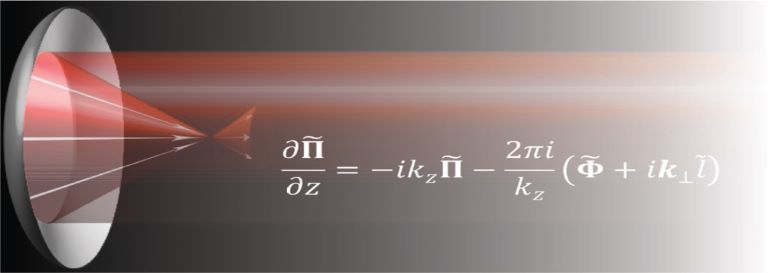
Lomonosov Moscow State University (MSU) is ranked 79th.

Interview given to Science News of the MSU Faculty of Physics by the Moscow University research group taking part in the international scientific collaboration. The Moscow group is the generally recognized leader in the field of quantum measurements for laser detectors of gravitational waves, and continues working actively in this area. I.A. Bilenko, S.P. Vyatchanin, M.L. Gorodetsky, V.P. Mitrofanov, L.G. Prokhorov, S.E. Strighin, F.Ya. Khalili, scientists from the Department of Physics of Oscillations at Moscow State University, are members of the research group.
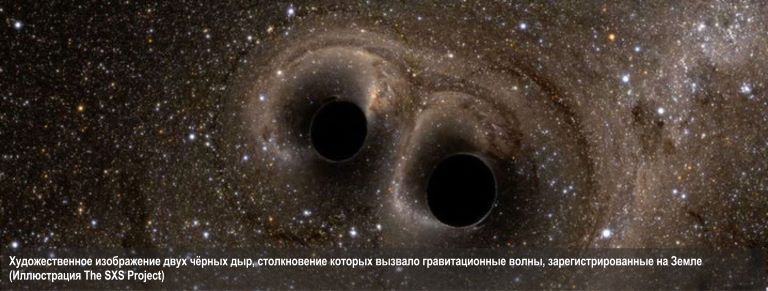
The journal publishes articles of employees and students of the Moscow State University and other universities and research institutions have permits to publish articles obtained in the scientific department at the place of work or study.
Program Committee selected members articles School-Seminar "Waves - 2014" will be sent for publication in the journal "Scientific notes of the Moscow University Faculty of Physics."

